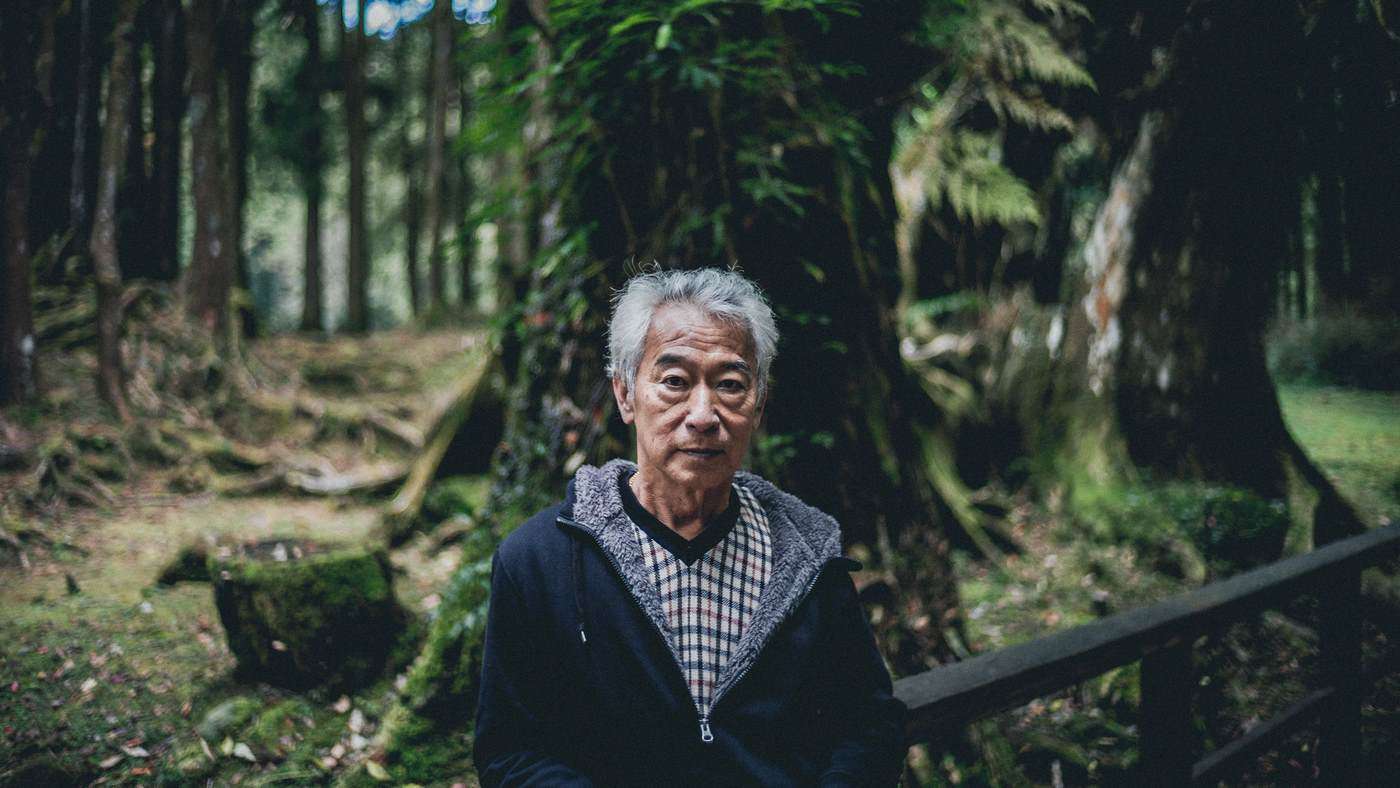Increasing Steps by 3,000 Per Day Can Lower Blood Pressure in Older Adults
Researchers found that a simple walking intervention can be just as effective as structured exercise and medications to lower blood pressure.

WS has reported on dozens of studies that purport to find the culprit compounds or hidden keys to various diseases, but rarely do they ever sound like something out of a Marvel comic book.
Now, a study published in the journal Nature Aging is seeking a treatment for neurodegenerative diseases like Huntington's in the trunks of trees.
In it, the researchers demonstrate that transporting a protein called SPP found in the plant cells responsible for photosynthesis into cultured human and animal cells brought about a reduction in protein clumping and symptoms of Huntington's—the primary objective of the study.
Huntington's is a proteinopathy and one of 9 neurodegenerative disorders that are brought about by toxic aggregations of proteins called polyglutamine that don't stick together in healthy humans.
In humans and animals, it causes the death or dysfunction of brain cells, but in plants, where such proteinopathies like Huntington's are also present, it causes no damage at all.
In order to explore how plants deal with toxic protein aggregation, Dr. Ernesto Llamas, the first author of the study from the University of Cologne's CECAD Cluster of Excellence for Aging Research, introduced the toxic mutant protein ‘huntingtin' into plants, which causes cell death in human neurons.
In contrast to animal and human models, Dr. Llamas found that thale cress plants actively removed huntingtin protein clumps and avoided harmful effects.
Hoping to see if such an effect could be replicated with animals, the study team investigated what was happening and found that the plants avoided the toxic aggregation of mutant huntingtin due to their chloroplasts—plant-specific organelles that perform photosynthesis.
"Unlike humans," Dr. Llamas said, "plants have chloroplasts: an extracellular type of organelle that could provide an expanded molecular machinery to get rid of toxic protein aggregates."
The multidisciplinary team identified the chloroplast plant protein SPP as the reason why plants are unaffected by the problematic human protein.
They found that producing the plant SPP in models of Huntington's disease such as human cultured cells and worms like the nematode C. elegans reduced protein clumps and symptoms of the disease.
"We were pleased to observe that expression of the plant SPP protein improved motility of C. elegans worms affected by huntingtin even at later aging stages where the symptoms are even worse," said Dr. Hyun Ju Lee, a postdoc also involved in the study.
The results of Dr. Llamas' team's study could open the door for testing SPP as a potential therapy for Huntington's disease, and hopes plants could grow to play a bigger role in contributing to the treatment of human diseases.
"Many people don't notice that plants can persist amongst variable and extreme environmental conditions that cause protein aggregation," Dr. Llamas said. "We usually forget that some plants can live thousands of years and should be studied as models of aging research."
They aren't just hoping though. Llamas and his team members believe there is real value in their discovery, and study co-author Dr. Seda Koyuncu says they're going to found a start-up to produce plant-derived therapeutic proteins and test them as potential therapeutics to treat neurodegenerative diseases in humans.
SHARE This Unorthodox Way Of Finding A Cure With Your Friends…
Be the first to comment